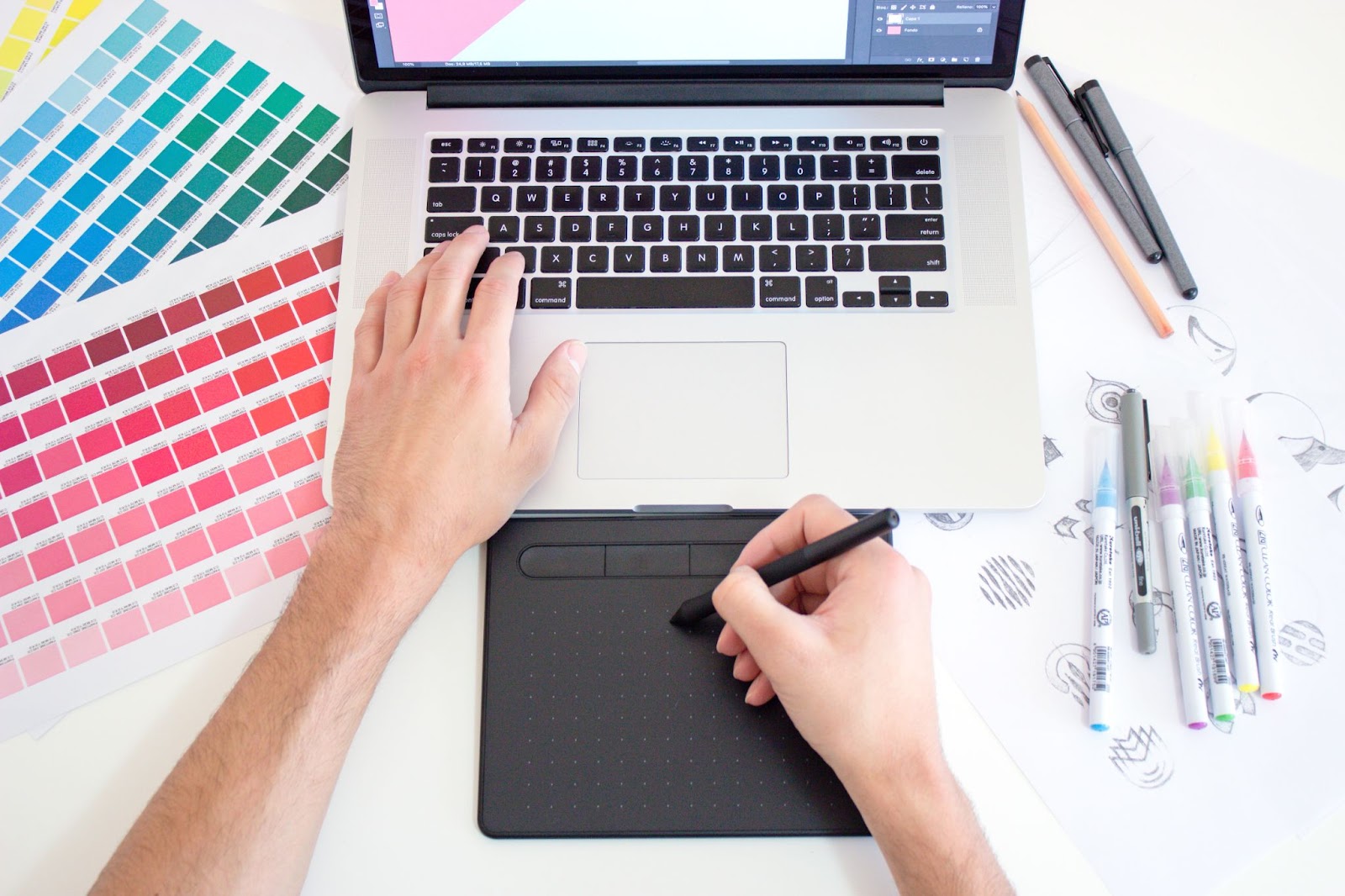Artificial Intelligence
The Impact of AI on Graphic Design

It’s clear that AI is exerting an increasingly profound influence across various areas of human activity, including the realm of creative pursuits like copywriting and graphic design.
Opinions on this matter are divided. Some individuals view the advancement of neural networks as a potential threat to humanity, leading to concerns about job losses. Conversely, others are enthusiastic about the potential to streamline numerous tasks within the field.
Vage Zakaryan, Head of Development at the Gem Space superapp, shared his perspective on the subject: “The key benefits of integrating AI into graphic design lie in its ability to enhance work speed, relieve humans of monotonous tasks, and foster the creation of innovative designs through unexpected solutions. Looking ahead, the number of graphic design tasks handled by AI will only continue to grow. Neural networks, continuously refined by developers, are improving in terms of execution quality. Ongoing task completion further contributes to the development of these self-learning systems,” the expert concluded.
Zakaryan also suggests avoiding undue exaggeration of the negative consequences and instead focusing on the positive aspects of technological advancements:
“In the context of competition between humans and neural networks, and the potential impact on job availability, the situation is not as dire as commonly believed. Neural networks can certainly replace low-skilled workers engaged in mechanical tasks. However, it remains essential to recognize that overall, neural networks cannot yet function autonomously and consistently produce high-quality results without human input.
Creating a top-notch design still requires formulating the right requests and generating ideas, which has even given rise to a new profession – the specialist in crafting requests. Refining and adjusting initial outcomes are also necessary, tasks that still rely on human involvement. Hence, it is more appropriate to view the relationship between humans and AI as a symbiosis rather than direct competition.”
Max Scott, a graphic designer at the “Green Star” design studio, not only has not experienced any competition from neural networks but also finds numerous advantages in utilizing this tool:
“Previously, I had to personally produce preliminary sketches for storyboards, but now I can delegate this task to a neural network. The most challenging aspect was learning how to effectively assign tasks to the network. Initial attempts were not overwhelmingly successful, but over time, I developed the skill of formulating precise assignments. Studying the experiences of other designers and seeking their advice also proved instrumental in this process. Nowadays, I am frequently approached for assistance in constructing AI requests. Given that this is a relatively new field, not everyone has mastered this skill yet,” explained the designer.
On the whole, the balance of positive versus negative reviews and reactions toward the increasing role of neural networks strongly leans towards a positive perception. This perception continues to strengthen with each passing day. Interactions with next-generation chatbots provide positive experiences and tangible benefits. Meanwhile, negative forecasts have yet to be substantiated by real-world evidence.
-
Blog1 year ago
MyCSULB: Login to CSULB Student and Employee Portal – MyCSULB 2023
-
Android App3 years ago
Cqatest App What is It
-
Android1 year ago
What Is content://com.android.browser.home/ All About in 2023? Set Up content com android browser home
-
Software2 years ago
A Guide For Better Cybersecurity & Data Protection For Your Devices
-
Latest News2 years ago
Soap2day Similar Sites And Alternatives To Watch Free Movies
-
Android2 years ago
What is OMACP And How To Remove It? Easy Guide OMACP 2022
-
Android3 years ago
What is org.codeaurora.snapcam?
-
Business2 years ago
Know Your Business (KYB) Process – Critical Component For Partnerships





















